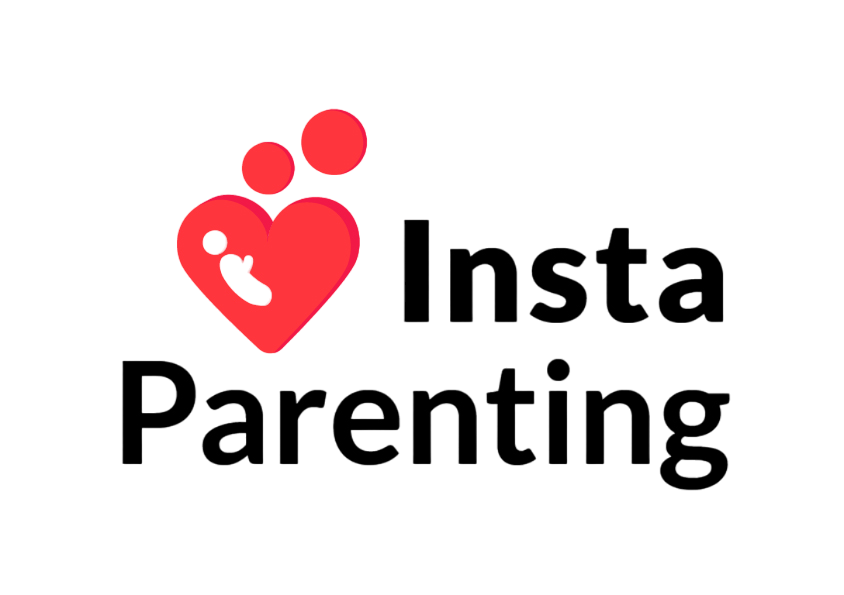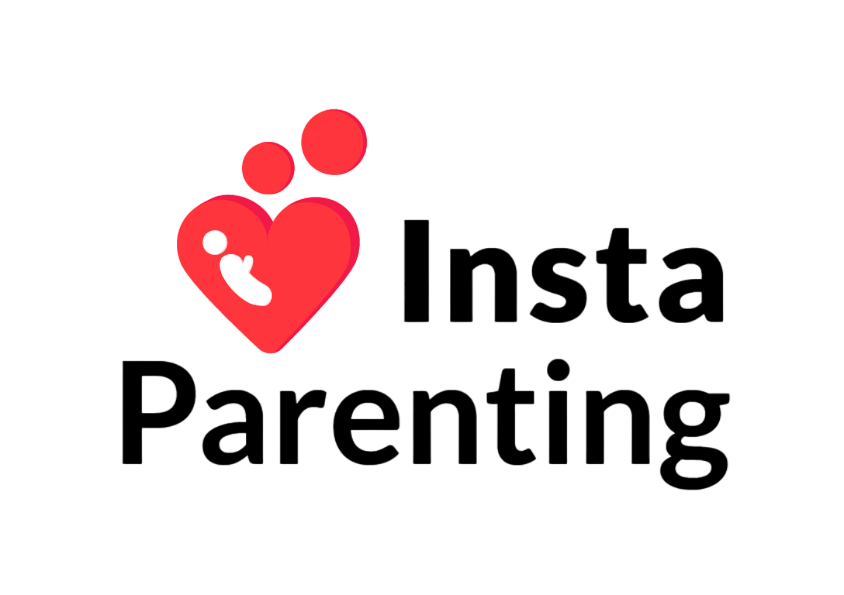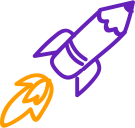Children develop the fastest from birth to 5 years old. These changes take place across various domains of development i.e.
- Cognitive
- Physical (Fine and Gross Motor)
- Socio-emotional and
- Language.
Most children follow a certain pattern of growth and development or achieve certain skills/abilities at a particular stage in development. These are called developmental milestones. However, it is important to note that every child grows and develops at their own pace, and might achieve a few milestones faster or slower than usual. If you feel concerned about your child not achieving a milestone, contact your pediatrician or speak to our expert.
Did you know?
90% of a child’s brain development happens by the age of 6?
Cognitive Development:
- Continues to explore through trial and error and experiment-based play.
- Engages in play or activities that require problem-solving (e.g. building a tower with 4 or more blocks, stacking blocks of decreasing sizes into one another, solving puzzles with 4-8 pieces).
- Gets better at sorting objects by shapes, colours, etc.
- Attention span improves gradually (5-8 minutes). Begins to develop the ability to shift focus from one area to another and back again.
- Displays a stronger memory (e.g. completes words/sentences in familiar rhymes/stories).
- Understands and follows simple two-step instructions such as “Pick up your shoes and put them in the rack.”
- Identifies familiar things in a picture book (e.g. cat, bird, or bus).
- Begins to use mental representations (a toy to represent another object) e.g. a block/comb as a phone.
- Understands ownership and knows what is “Mine”.
- Knows, and can say their name, age and gender (boy or girl).
- Counts up to three objects and can go up to five by the end of 2 years.
- Begins to understand and carry out simple addition and subtraction with the numbers “one” and “two”.
- Begins to recognize patterns (e.g. daily routines).
Physical Development:
- Begins to stand on tiptoe.
- Walks and runs efficiently.
- Climbs without assistance (up and down stairs, onto and down from furniture, on playground equipment, etc.)
- Might jump, but not very well.
- Stands on one foot, just for a few seconds.
- Begins to perform more actions (e.g. throwing, kicking and catching balls.
- Begins to ride a tricycle.
- Displays improved fine motor abilities (e.g. flexing wrist to turn/twist door knobs/lids, squeeze and pound clay, etc.)
- Draws or copies straight lines and circles (not perfectly).
- By 3 years, builds a tower of 10 blocks.
- Displays hand-dominance (using one hand over another) by 3 years old.
- Turns pages in a book, one at a time.
- Develops good ‘thumb and finger’ control.
Socio-emotional Development:
- Exhibits more independence.
- Displays defiant behaviour (doing what they have been told not to).
- Says “no” more often.
- Temper tantrums might be quite common, mostly due to an inability to control/manage emotions.
- Gets involved in dressing and undressing self.
- Shows aggressive behaviour when involved in conflict situations.
- Begins to label feelings that they may recognize in themselves or others.
- Uses comforting objects like a teddy bear, blankets, pillow, etc.
- Imitates others, especially adults and older children.
- Shows excitement when they are with other children.
- Begins, or continues, to engage in parallel play (i.e. playing alongside others without interacting).
- Does not understand the concept of sharing yet. Might grab things they want from others, as a result.
Language Development:
- Points to objects or pictures that are named.
- Speaks in sentences of about 2 to 4 words.
- Comprehends simple instructions, and simple explanations to questions.
- Repeats words overheard in conversations.
- Due to curiosity, asks many “why,” “what” and “how” questions.
- Uses about 200 to 300 words which can increase to over 500 words by the time they turn 3.
- Names familiar things like a few body parts, animals, people, etc.
- Pronunciations are improving but might still need translation for outsiders.
- Pretends to read from familiar books.
- Might sing the A-B-C song, but without knowing the meaning.
- Might attempt to write the first letter of their name.
- Scribbles a lot.
Feeding and Sleeping Information:
- Drinks through a straw.
- Might show a great decrease in appetite.
- Might still take a 1-2 hour nap in the afternoon.
- Might sleep for 10 to 12 hours in the night.
- Might play up or refuse to go to sleep when it’s ready for bedtime.
Did you know?
Research reveals that – every $1 invested in an early childhood program can yield $4-$16 in returns.
Helps your child achieve the above milestones through simple at home activities for 2 years old. Subscribe to Jyppzer Kids Plan Today!





